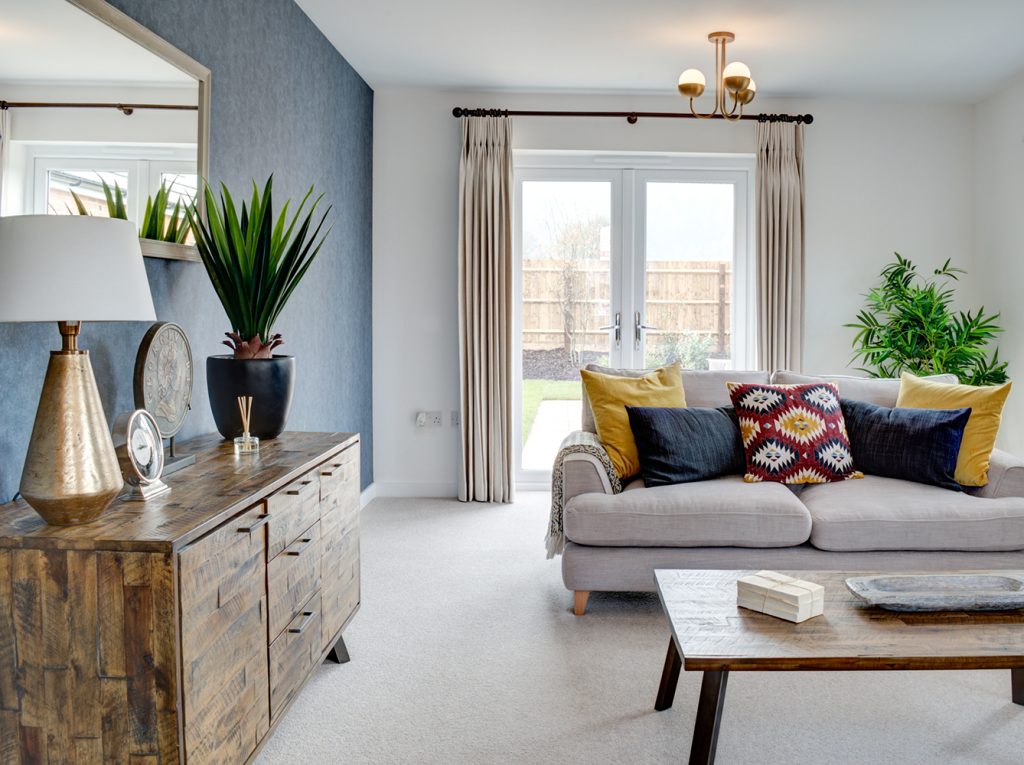Globally, the built environment accounts for 39% of gross annual carbon emissions.* As more businesses ramp up their sustainability agenda in the pursuit of NetZero, the housing industry faces increasing pressure to lower its carbon footprint. One local housing development company that is actively implementing strategies to increase sustainability across its house builds in Herefordshire and Gloucestershire is Freeman Homes.
Do you think there is now finally a step change in how the housing industry is actively addressing sustainability, or is there still some way to go?
It goes without saying, we’ve all got to tackle climate change actively and effectively if we are to reach NetZero. While this spans across all business sectors, construction is one area that needs to do more, or at least show it is doing more, in reducing its carbon footprint. This for us starts with tangible ESG credentials.
Calculating carbon cost to back up ‘low carbon’ and ‘zero carbon’ claims – that’s not just committing to them but substantiating them – is priority. How are things like energy efficiency being measured? Backing this up with analysis is now what consumers and house buyers are rightly demanding, and it’s crucial this isn’t been exploited as a marketing gimmick. Businesses are being called out for greenwashing, that’s why we’re committed to delivering on the sustainability goals we have set as a housing development company.
What initiatives does Freeman Homes have in place?
As a business, we’ve got both a sustainability framework, setting out our goals for how we run our business, and an Environmental Impact Reduction Programme, designed to specifically focus on carbon reduction. This applies to both our builds and how we operate in our offices. We have also pledged to meet independent international standards by aligning our business with four of the UN’s Sustainable Development Goals (SDGs), which we use to underpin our developments, namely: Good health & well-being, Affordable and clean energy; Responsible consumption and production, and Life on land.
How are you implementing this in your house builds?
How much time do you have?! In a nutshell, firstly, as well as targeting minimum 90% EPC A-Grade rating for our open market properties, we’re also focused on how they perform for homeowners. We prioritise renewable energy technologies – so have introduced elements such as high-performance, low-profile designed PV solar roof panels and NIBE air source heat pumps for sustainable heating, which perform well energy efficiency wise and are manufactured well. We are also installing electric car charging points and infrastructure for battery storage packs, further reducing reliance on the National Grid.
Then you’ve got the design and build aspects – water reduction and energy efficiency features, eco-friendly appliances and technologies, the option of water butts, and garden composting, kitchen and recycling bins for all customers. We’ve even considered the fact that more people have now embraced a remote and hybrid way of working, so we’ve incorporated home working options to provide WFH comfort with less commuting.
What about materials used for your builds?
Wood is a highly renewable building material and it stores carbon, having the lowest CO2 cost of any commercially available building materials – just two reasons why we use a timber frame construction in our houses. It’s been undergoing a resurgence in the construction industry in recent years. Between 15% and 28% of new homes built in the UK annually use timber frame construction, which captures over one million tonnes of CO2 a year as a result. Increasing the use of timber in construction could triple that amount, and we are steadily seeing more of an increase in that use.
A timber frame construction is good news for homeowners too – it offers heightened thermal efficiencies and reduced maintenance compared to traditional building methods, and we only use materials from managed forests that are replaced and restored.
How are you investing in communities to make them more sustainable?
We’re big on the fact that your next home isn’t just about the property you’re viewing, but the community it’s placed in. Investment in community is a term that gets bandied around a lot by businesses and government, but what does this actually mean? For us, there are two areas we’re actively focusing on: biodiversity and nature, and community engagement.
Biodiversity and environmental best practice plays a pivotal part in all our developments, as we want to promote sustainable communities for people and nature. This is everything from green open spaces, wetland development, wildlife corridors and partnership with local wildlife organisations to improve local ecology and wetland design, to other aspects such as biodiversity planting in gardens and effective, sustainable drainage systems and detailed flood risk assessments, to prevent disruption of natural water courses.
Secondly, we want to support thriving local communities through boosting charities that specifically serve the local community and through resource distribution by seeking local opportunities to reuse any surplus materials such as timber, paint, clothing etc, as well as creating local wildlife and ecology education centres wherever possible.
Do you have any longer-term plans in terms of sustainability?
Sustainability is far-reaching and all-encompassing – as a housing business, it forces us to think of other ways we can be more sustainable which in turn offers some fantastic, exciting opportunities for innovation. Looking ahead, we’re trialling an all-electric, zero carbon home technology system, with a view to incorporating them in future builds, as well as trialling a timber frame closed system, which will reduce on-site waste and carbon production during the build process. We’re also aiming on incrementally increasing the number of electric car charging points on our developments.
Then there’s our own environmental journey, where we’re working to establish a company biodiversity and ecology benchmark to be met by all future developments without prior planning permission.
*Source: Sustainable construction – Designing and building a greener future, Deloitte
For further information, please visit: https://www.freemanhomes.co.uk/.


